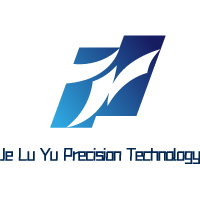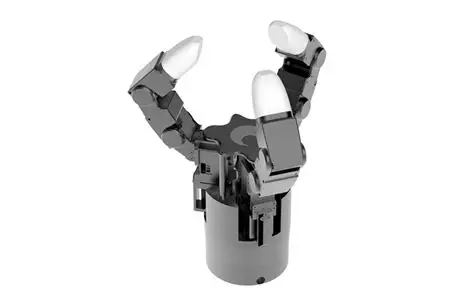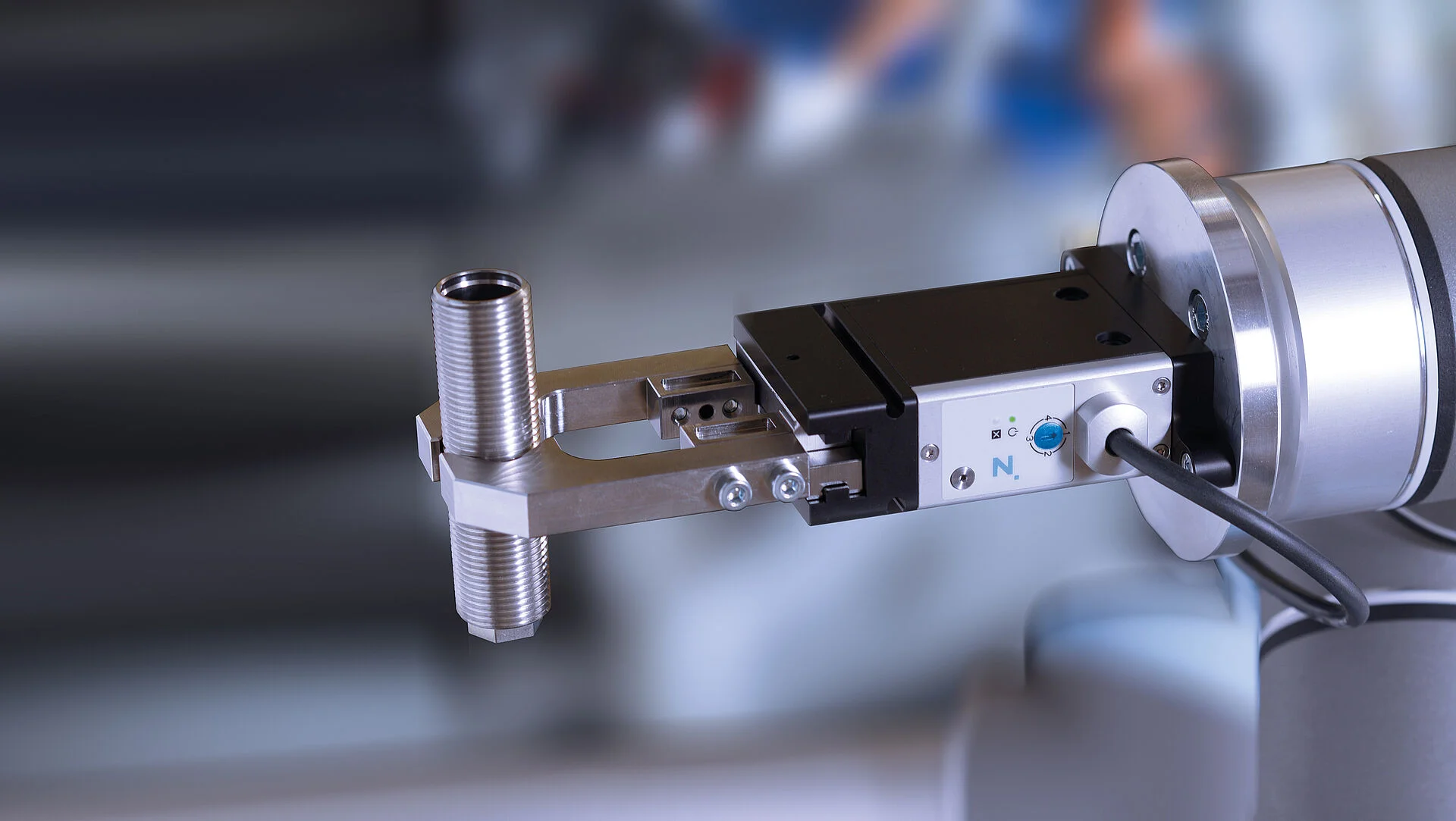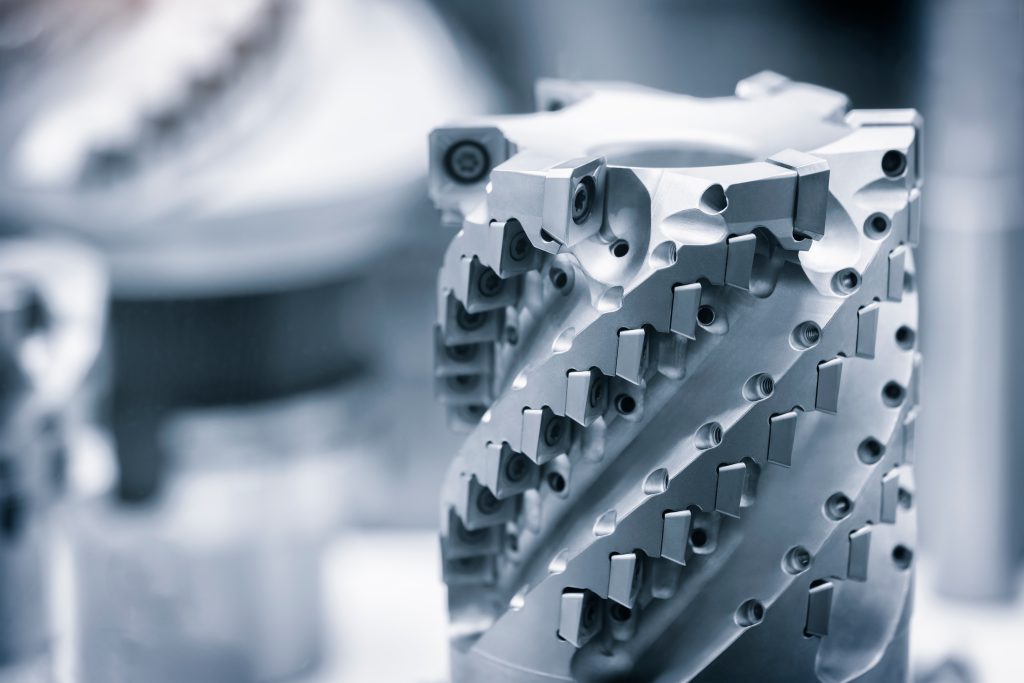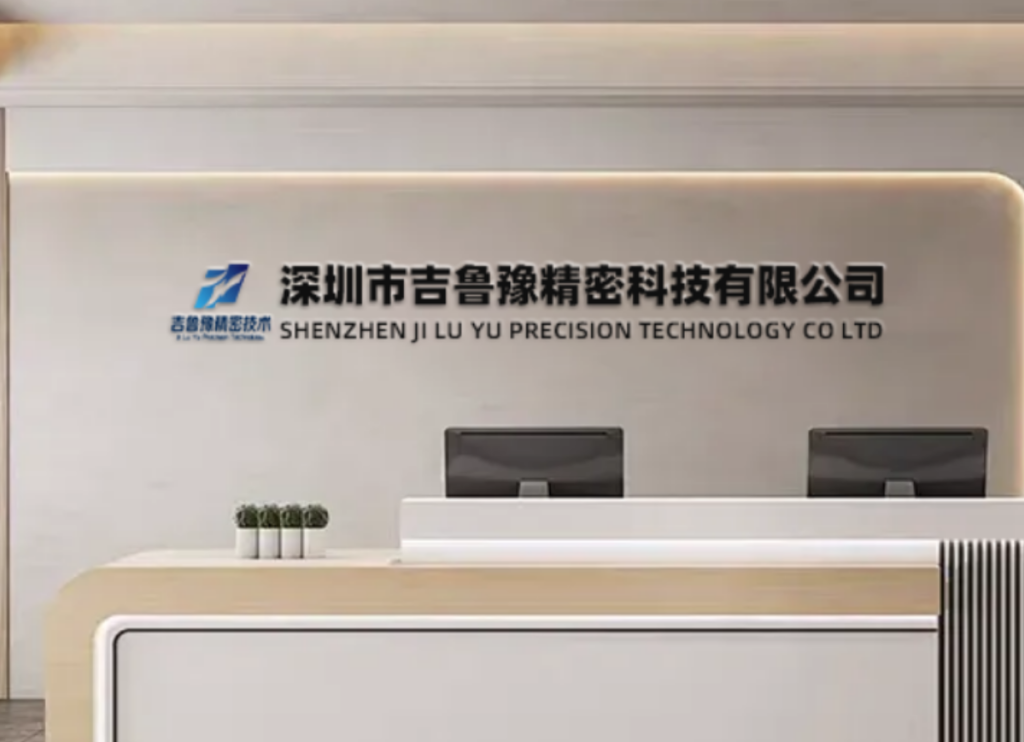The Next Frontier in Manufacturing Agility: Integrating Tactile Sensor Grippers into Precision CNC Workflows
In the highly calibrated world of CNC machining, where tolerances are measured in microns and surface finishes are scrutinized to the nanometer, the final handling of a finished component has often been a paradox. We employ multi-axis machines capable of breathtaking complexity, only to rely on rigid, binary grippers for part handling—a process devoid of the finesse the part itself embodies. At JLY Precision Technology, we are bridging this technological disconnect through the strategic implementation of Tactile Sensor Grippers, a innovation that imbues robotic systems with a sense of touch, transforming them from mere automatons into sensitive, intelligent partners in manufacturing.
This comprehensive analysis delves into the engineering principles, operational advantages, and practical applications of Tactile Sensor Gripper technology within a high-precision CNC machining environment. We will move beyond the theoretical to provide a detailed examination of how this technology is solving real-world manufacturing challenges.
The Fundamental Limitation of Traditional Gripping in Precision Machining
Conventional grippers—whether pneumatic, hydraulic, or electric—operate on a simple open/close principle. They are designed for repeatability, not sensitivity. This presents several critical problems when handling precision-machined components:
-
Surface Damage and Indentation: The high, unmonitored point loads from rigid jaws can mar polished surfaces, dent thin walls, or deform delicate features. This is especially catastrophic for parts like optical housings or medical implants where surface integrity is paramount.
-
Slippage and Droppage: With no feedback on grip force, a gripper may either apply insufficient force, leading to slippage and potential part damage, or excessive force, causing crush damage. This is a significant risk with expensive, one-off prototypes.
-
Lack of Adaptive Conformity: Complex, organic geometries common in aerospace and automotive design may not present parallel, uniform gripping surfaces. A rigid gripper cannot conform to these shapes, making secure handling impossible without custom, costly tooling.
-
No Verification of Presence: A simple gripper knows only if it is open or closed, not what it is holding or if the part is seated correctly. A missed pick or a misoriented part can lead to a catastrophic machine crash.
The Tactile Sensor Gripper emerges as the engineered solution to these limitations, introducing a layer of haptic intelligence to the robotic workflow.
Deconstructing the Tactile Sensor Gripper: An Anatomy of Synthetic Touch
A Tactile Sensor Gripper is not a single device but a synergistic system comprising the gripper mechanism, an array of sophisticated sensors, and a processing intelligence. The core technologies can be broken down as follows:
-
Sensing Element Technologies:
-
Piezoresistive Sensors: These sensors change electrical resistance in response to applied pressure. They are common, cost-effective, and provide good resolution for force distribution mapping.
-
Capacitive Sensors: Operating on the principle of distance-varying capacitance, these sensors can detect proximity and light touch with very high sensitivity, ideal for ultra-delicate parts.
-
Piezoelectric Sensors: These generate an electric charge in response to mechanical stress. They are excellent for detecting dynamic events like slip initiation or vibration.
-
Opto-Electronic Sensors: These use an array of LEDs and photodetectors behind a deformable membrane. As the membrane deforms under pressure, it modulates the light, creating a high-resolution “image” of pressure distribution.
-
-
Gripper Actuation: The gripper itself can be based on various principles, often paired with the sensor technology:
-
Adaptive/Robotic Fingers: Multi-jointed fingers that can conform to irregular shapes, with sensors embedded in the pads.
-
Variable Geometry Grippers: Grippers that use granular jamming or universal interfaces that mold around the part.
-
Soft Robotic Grippers: Made from compliant materials like silicone, these grippers inherently distribute force and are ideal for embedding dense sensor arrays.
-
-
Data Processing and Control Loop: The raw data from the sensor array is processed by a dedicated controller. This system executes complex algorithms for:
-
Slip Detection: Sensing micro-vibrations indicating a part is beginning to slip and automatically increasing grip force incrementally.
-
Force Control: Maintaining a precise, pre-set grip force regardless of part orientation or robot acceleration.
-
Texture and Shape Recognition: Identifying parts based on their tactile “signature,” adding a layer of process verification.
-
The Strategic Advantages of Tactile Sensing in a CNC Context
Integrating a Tactile Sensor Gripper into a robotic CNC cell delivers transformative benefits that directly impact quality, yield, and operational flexibility.
-
Guaranteed Surface Integrity: By controlling the grip force to within a few Newtons, these grippers can handle polished aluminum, annealed copper, or brittle plastics without leaving any mark. This eliminates the need for protective foam or secondary handling steps, reducing cost and cycle time.
-
Error-Proofed Part Handling: The system can perform a “tactile signature” check. Upon gripping a part, the pressure map is compared to a reference. An anomaly—such as a chip remaining in a bore or a broken feature—will be detected, and the part can be rejected before it is loaded into the machine, preventing a potential crash.
-
Enabling Fixtureless Machining: For complex parts, a Tactile Sensor Gripper can be used not just for transfer, but as an active, reconfigurable fixture. The robot can hold the part in a unique orientation for a specific machining operation, using force feedback to maintain stability against cutting forces, thereby reducing or eliminating the need for dedicated hard fixtures.
-
Seamless Handling of Part Families: A single, sensor-equipped gripper can adaptively handle a range of parts from the same family without any mechanical changeover. The robot’s program selects the required grip force and verification profile for each specific part, making mixed-batch, high-mix production incredibly efficient.
Technical Comparison: Gripping Technologies for CNC Automation
The following table provides a detailed, technical comparison of the prevailing gripping methodologies in manufacturing.
Table 1: Comparative Analysis of Robotic Gripping Technologies
| Feature | Tactile Sensor Gripper | Standard 2-Jaw Gripper | Magnetic Gripper | Vacuum Gripper |
|---|---|---|---|---|
| Force Control | Closed-Loop, Adaptive | Open-Loop, Fixed | On/Off (Electro) or Permanent | On/Off (Venturi/Electric) |
| Surface Sensitivity | Very High | Very Low | Low (can scratch) | Medium (gasket marks) |
| Geometric Flexibility | Very High (Adaptive) | Low (Parallel Jaws) | Low (Ferrous only) | Medium (Requires seal surface) |
| Part Verification | Yes (Tactile Signature) | No (End Switch Only) | No | No (Pressure Switch Only) |
| Slip Prevention | Yes (Active Detection) | No | N/A | N/A |
| Throughput Speed | High (with optimized control) | Very High | Very High | High |
| Ideal Use Case | Delicate, high-value, variable parts | Robust parts with parallel features | Heavy ferrous plates/blocks | Flat, non-porous, large panels |
| Relative Cost | High | Low | Low-Medium | Low-Medium |
Case Studies: Tactile Sensor Grippers Solving Real CNC Challenges at JLYPT
Case Study 1: Handling Thin-Walled Aerospace Turbine Blades
-
Challenge: We were machining complex, thin-walled Inconel turbine blades. The final machined walls were under 0.4mm thick. Traditional grippers, even with soft jaws, were causing localized deformation and micro-cracking at the grip points. The scrap rate was unacceptable.
-
Solution: JLYPT integrated a Tactile Sensor Gripper with piezoresistive sensor arrays on custom-machined, conformal finger tips. The system was programmed to apply the absolute minimum force required to hold the part securely, never exceeding a threshold that would cause plastic deformation. Furthermore, the gripper performed a “balance check” by comparing the force distribution on each finger to ensure the blade was not being twisted during handling.
-
Result: The scrap rate due to handling damage fell to zero. The consistent, minimal force application also improved the final dimensional stability of the blades, as they were not being elastically deformed during the unloading process.
Case Study 2: Error-Proofing the Assembly of Medical Device Housings
-
Challenge: A medical device required the assembly of a delicate sensor into a machined PEEK housing. The assembly process was manual, and there was a risk of cross-threading the fine connection or leaving a protective shipping cap on the sensor, which would cause a failure in the field.
-
Solution: The assembly robot was fitted with a Tactile Sensor Gripper. During the pick-up of the sensor, the gripper analyzed the tactile signature. The presence of the soft shipping cap created a distinct, recognizable pressure map. If detected, the assembly was halted, and an alert was raised. Additionally, during the threading operation, the gripper monitored the axial force and torque feedback. An anomalous spike in torque indicated potential cross-threading, prompting an immediate stop.
-
Result: Achieved 100% error-proofing at the assembly stage, eliminating field returns related to these specific failure modes and ensuring patient safety.
Case Study 3: Flexible Fixturing for a Low-Volume Automotive Prototype
-
Challenge: A client required a series of 10 unique, complex-shaped prototype suspension components. Designing and manufacturing dedicated fixtures for each one-off part was cost-prohibitive and would have caused a significant project delay.
-
Solution: We employed a high-payload robot equipped with a heavy-duty Tactile Sensor Gripper as a 7th-axis reconfigurable fixture. The robot would pick up the raw forging and present a specific face to the 5-axis CNC machine for machining. The tactile feedback ensured the part was held with sufficient force to resist cutting loads without slipping. After the first set of operations, the robot would reorient the part to present a new face, all within a single setup.
-
Result: Reduced fixture design and cost by over 80% for the project and slashed lead time by several weeks. This demonstrated the viability of agile, fixtureless manufacturing for prototyping and low-volume production.
The Future: AI-Enhanced Tactile Perception and Cloud-Based Haptic Data
The evolution of Tactile Sensor Gripper technology is converging with artificial intelligence and data analytics. The next generation of systems will:
-
Learn Optimal Grip Strategies: AI models will analyze historical tactile data from successful and failed handles to autonomously determine the optimal grip location and force for a new, unseen CAD model.
-
Predictive Maintenance: By monitoring the subtle changes in the tactile signature of standard parts over time, the system can detect wear in the gripper mechanism or a change in part material, predicting maintenance needs before a failure occurs.
-
Cloud-Based Haptic Libraries: Manufacturers could share anonymized tactile data for standard parts, allowing a new system to “download” a proven grip strategy, drastically reducing programming and commissioning time.
At JLY Precision Technology, our R&D efforts are focused on these very areas, ensuring our clients always have access to the most intelligent and reliable manufacturing solutions available.
Conclusion: Touch as a Critical Process Parameter
The integration of Tactile Sensor Grippers represents a fundamental shift in how we approach automation in precision manufacturing. It elevates part handling from a brute-force mechanical task to a finely tuned, sensory-rich process parameter. This technology is indispensable for anyone machining high-value, delicate, or geometrically complex components where quality and yield are non-negotiable.
At JLYPT, our investment in this technology is a testament to our core philosophy: every aspect of the manufacturing process, from raw material to final part, must be executed with intelligence and precision. We don’t just build parts; we engineer and safeguard the entire journey they take on our shop floor.
Is your manufacturing process limited by the sensitivity of your automation? Contact JLY Precision Technology today to discover how our Tactile Sensor Gripper integrated CNC solutions can protect your most valuable components and enhance your production agility.
